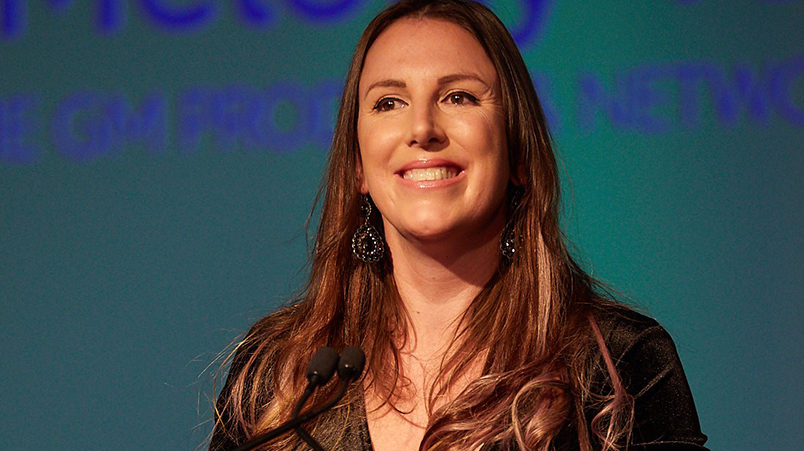A competitive landscape
The Australian wagering market is big business, currently worth US $4.5 billion. But market competition is fierce. Calvin Cain, Head of Digital Strategy at PointsBet explains why the company has turned to market mix modelling to help overcome measurement challenges “We operate in an extremely competitive landscape, at last count there were eighty-eight different wagering companies active in Australia.”
As a result of COVID lockdowns throughout 2020 and 2021 the gambling category saw a significant spike in online gambling with spending peaking at 329% above pre-covid norms. “Effectively for the last five or six years, even before the pandemic, we’ve been in a very rapid growth phase”, says Cain,
“when you’re going through a rapid growth phase, you’re less concerned about which specific channels they (users) come from, as long as growth is being realised. And so you may argue that the attribution didn’t need to be as accurate as it could have been. Because you see the volume and you ensure that the effective cost per action is manageable and holistically below what we were bringing in from a value per user standpoint.”
Emerging measurement challenges
Now that the pandemic is in the rear-view, PointsBet are facing into a different landscape. With a significantly larger competitive set and an expected smaller volume of new-to-market customers to go around, PointsBet is gambling on a more targeted approach to audience acquisition. Says Cain, “The maturation of our business meant we were naturally shifting towards sustainable growth.” That means a closer focus on which channels customers are coming from. And which channels are working well.
Privacy updates and cookie depreciation have made accurate attribution a challenge for some time now. So to date, PointsBet have leveraged a last-click model that gives all weighting to the point of entry, with testing conducted to identify relationships between channels.“If you had told me five years ago that I would be sitting in a company, happily working to a last-click attribution model,” claims Cain, “I wouldn’t have believed you. But in reality, the changes that iOs have introduced and the impending (cookie) deprecation mean that (last click) is one of the only ways we have to attribute a media channel to a direct result.”
But the PointsBet team have recognised that even a robust last-click model is not sophisticated enough to tell the full story of a customer journey, especially in the face of a fast-moving, highly competitive market. “There’s no scientific, or safe way of saying that just because you labelled something a performance campaign, that was the only trigger point for a customer, it might be any part of your marketing mix that became that final moment of decision making.”
Cain stands strongly in the camp that brand budget should not be indiscriminately reduced during the current period of economic uncertainty. “When you’re looking for line items to cut from your marketing spend, brand elements are naturally the first to go because they’re often intangible to business outputs. But it’s naïve to think that cutting brand budget won’t also impact sales/revenue. Advanced modelling provides insight into where we can decrease spend without the negative outcomes.”
Wagering on market mix modelling
That’s why PointsBet has recently engaged Mutinex to bolster their approach to market mix modelling. The Mutinex GrowthOs product will help the team to establish the value they’ve built into their brand. And where they might be able to afford to tighten the belt whilst still maintaining their marketing ROI. “Ultimately part of the reason for engaging in market mix modelling is that we’re trying to shift away from the (last click) mode of planning. We want to start recognizing where our media is having the most influence.”
Henry Innis, Mutinex Co-Founder and CEO, says that brands trying to manage the loss of multi touch attribution formed the inspiration for the development of the new Brand Equity feature in GrowthOS. “What Calvin and their organisation will be able to do is take the brand equity and preference metrics that they track, put those against overall baseline sales trends and be able to understand the contribution of brand metrics to that overall sales trend. Which is a really cool thing to do.”
“It’s incredibly exciting,” says Cain, about the beefed up modelling capability.



